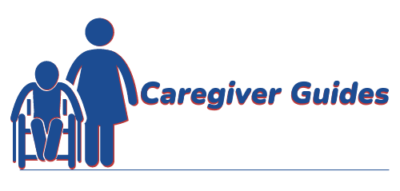
When a therapist uses the term motor control what they are referring to is the ability of an individual to control the way their body and it’s parts move. Having control of how you move allows you to perform what we refer to as “purposeful movements”. What makes us different from inanimate objects is, for the most part, our movements are purposeful. We move to accomplish specific tasks or perform specific activities.
While this may seem like common sense, it’s important to understand that in some conditions like Parkinson’s, or after having a stroke, in many cases the ability for someone to actually control what they do can be significantly affected. This is seen in the Parkinson’s tremor or the ataxic (or absence altogether) of any purposeful movement in the stroke patient.
When a person/care recipient has good motor control, the burden that’s placed on the caregiver can be significantly reduced which makes the job of caregiving a lot easier.
So, when you hear a therapist speak of motor control, they basically mean the ability of an individual to move a body part when they want to or when asked. This is what therapists try to maximize with patients during the rehabilitation process. So, when you think about physical therapy exercises, its not just going through the motions, or “strengthening”. What a therapist is trying to improve is the ability of their patient to gain control over specific movements and then maximize them, so that the person can return to as normal a life as possible.
Here’s a tip: Don’t confuse motor control with motor planning. They are two different things.
